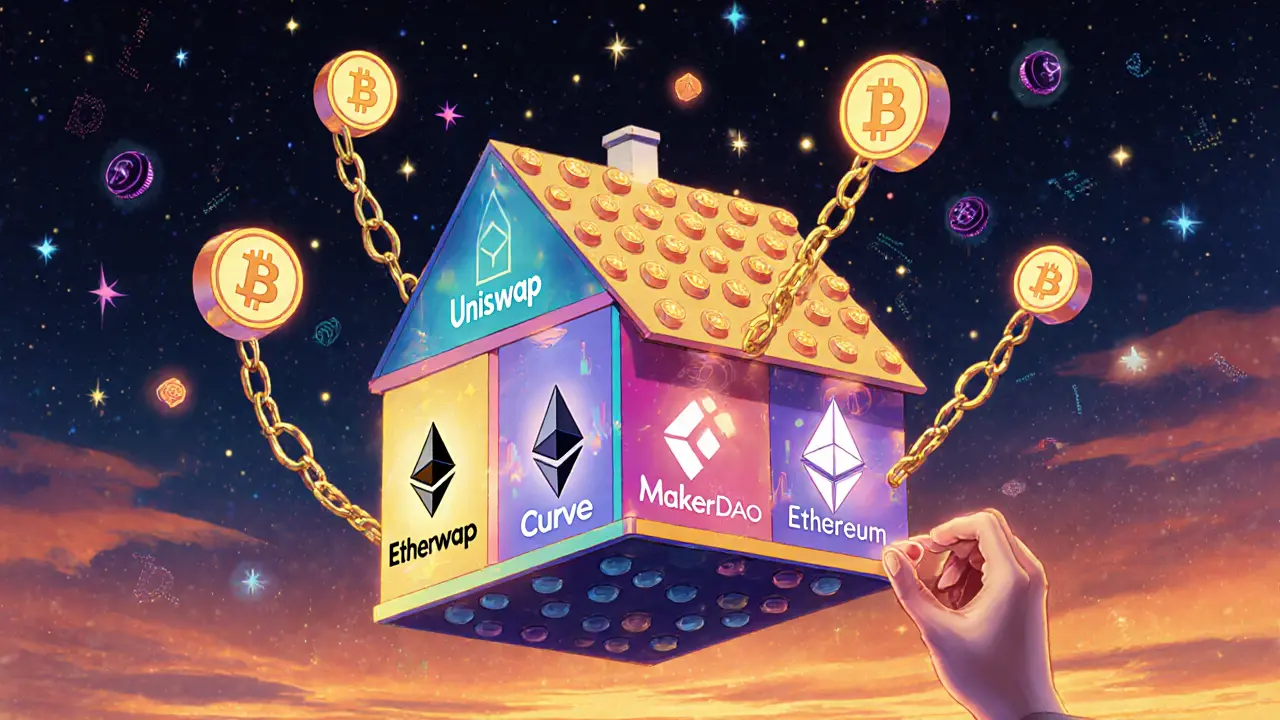DeFi Protocols: How They Work and Which Ones Actually Deliver Value
When you hear DeFi protocols, decentralized financial systems that run on blockchains without middlemen. Also known as decentralized finance, they let you lend, borrow, or trade crypto directly from your wallet—no bank account needed. That’s the promise, anyway. But not all DeFi protocols are built the same. Some are clean, transparent, and secure. Others? They’re just smart contracts with flashy names and zero real users.
At the core, most lending protocols, platforms like Aave and Compound that let users earn interest by locking up crypto work the same way: you deposit your asset, someone else borrows it, and you get paid. The interest rates? They change in real time based on how much people are borrowing. It’s not magic—it’s math. But here’s the catch: if the protocol doesn’t have enough liquidity, or if its smart contract can be frozen or changed by the devs, your money is at risk. That’s why you need to know the difference between a protocol built for users and one built for hype.
Then there’s DEX, decentralized exchanges like Uniswap or Kyo Finance that let you swap tokens without a central order book. These are the backbone of DeFi. No KYC. No waiting. Just connect your wallet and trade. But again, not all DEXes are equal. Some have deep liquidity and low slippage. Others? They’re empty pools with fake volume, designed to lure in newbies chasing quick gains.
And let’s not forget yield farming, the practice of moving funds between protocols to chase the highest returns. It sounds like free money—until you realize the rewards are often paid in tokens that crash 90% the moment you stake them. Most people don’t realize they’re not earning yield—they’re buying speculative tokens at inflated prices.
What you’ll find in this collection isn’t fluff. These aren’t lists of ‘top 10 DeFi apps to try in 2025.’ These are deep dives into real projects—some working, some failing, some outright scams. You’ll see how Kyo Finance V2 uses batch transactions to cut gas fees, why MM Finance’s MMF token has zero supply, and how Aave’s interest rate model keeps lenders safe. You’ll also learn why some airdrops tied to DeFi protocols are just traps, and how to spot the ones that actually reward early adopters.
This isn’t about chasing the next big thing. It’s about understanding what actually holds up under pressure. Whether you’re lending on Polygon, swapping on Soneium, or just trying to avoid a rug pull, the posts here give you the facts—not the hype.

